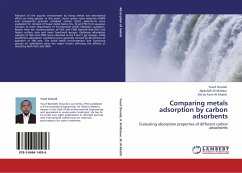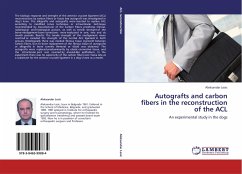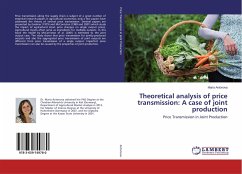Pollution of the aquatic environment by heavy metals has detrimental effect on living species. In this work, novel carbon nano-materials (CNM) and commercial granular activated carbon (GAC) adsorbents were evaluated for removal of heavy metal matrix (Cu, Ni and Pb) from aqueous solution to meet Department of Environment (DOE) Malaysia s guideline. Results from the characterization of GAC and CNM showed that GAC had higher surface area and more functional groups. Optimum adsorption capacity of GAC and CNM were observed at pH 5 and 1 g/L dosage, while equilibrium adsorption conditions were generally noticed by 60 minutes of agitation at 100 rpm. The initial metal concentrations and functional groups on adsorbents were the major factors affecting the affinity of metals by both GAC and CNM.
Bitte wählen Sie Ihr Anliegen aus.
Rechnungen
Retourenschein anfordern
Bestellstatus
Storno








